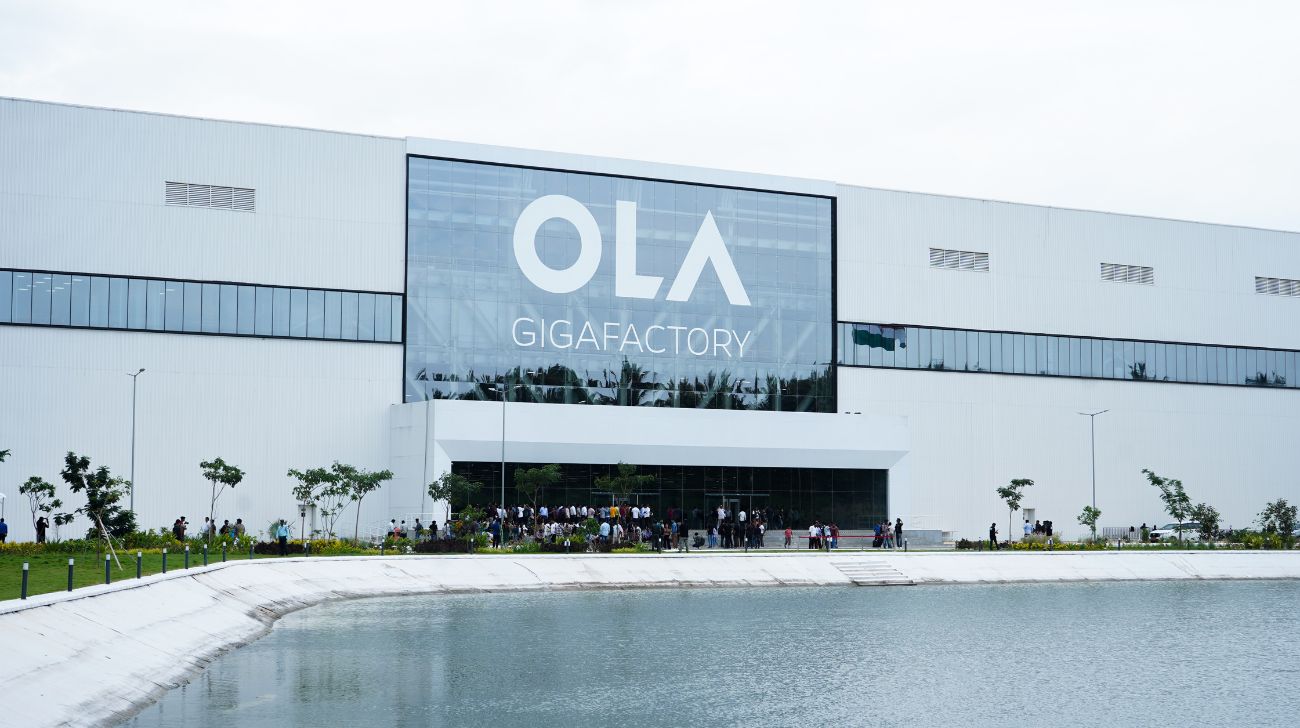Anyone who calls themselves remotely interested in cars knows about the Sultan of Brunei and his expansive car collection. A collection that can be described by no word other than simply daft.
Prince Abdul Hakeem, who was 20 years old in 1994, had inherited access to a $40 Billion fortune and the capability to splurge it at his will. He wanted to follow in the family’s footsteps, who, in the 80s and 90s, had already bankrolled un-countable numbers of special custom vehicles from car companies. The family’s car collection is estimated to consist of around 7,000 cars, all locked up and securely stowed in warehouses in Brunei.
For the following order, Prince Abdul Hakeem had decided that he wanted a Ferrari with a semi-automatic transmission. Which, at the time, was a technology absent from street-legal vehicles. It was only available on formula one cars of the time. Prince Hakeem turned to the famed car designer Pininfarina. They have a great history together, considering the estimates that Pininfarina has built approximately 50 custom cars for the Royal Family.
Pininfarina chose the beloved Ferrari Testarossa to provide the platform for the Prince’s latest dream car. Being the flagship horse in the Ferrari stable then, the Testarossa was also a Pininfarina creation, which meant that Pininfarina knew the car in much more detail.
The car’s only requirement was to have a semi-automatic transmission. Until then, supercars of the time had only been offered with five or six-speed gated manual transmissions, but well, a wish is a wish. Having been built for speed, the semi-automatic transmissions in the 90s were too jerky to be present on a road car. Clearly, Pininfarina had their work cut out for them!
For the transmission pickle that Pininfarina found themselves in, they turned to Prodrive, a British motorsport and advanced engineering company. They had been working on a semi-automatic transmission for road cars that could be fitted directly to a pre-existing manual transmission. Pininfarina collaborated with Prodrive to sort this issue out. But it wasn’t going to be this easy. The gearbox still needed complete oversight from engineers to run well. But apart from that, the engineering part was easy to do, with few changes.
As a result, Pininfarina got around what it did best, exterior design. The result was a design that would give any other car at its time a run for its money. The design for the FX radiated aggression and potential for speed. The funky font FX logo on the car declared that this was no standard, Ferrari.
The FX’s outer shell was made entirely out of carbon fibre, a rare material on road cars at the time and was unimaginably expensive. Moreover, it wasn’t easy to work with, given that very few companies had the experience and know-how about the material. Pininfarina even created an entire bonnet and sent it to Brunei to test how the material would react to the weather conditions there.
After their continued efforts, Pininfarina completed the Ferrari FX in 1995. The car was stunning, although the transmission still gave Pininfarina some problems. The finished car had a naturally aspirated 4.9L flat 12 engine that 440Hp and 500Nm of torque. All that was sent to the rear wheels—an absolute banshee.
Prince Hakeem was so happy with the cars that he decided to order three more of them. And not only that, they decided to send the cars to Williams F1 to better and smoothen out the transmission problems that Pininfarina was facing.
All FXs but one (FX No.4) were painted in the traditional Rosso Corsa colour, while the No. 4 was painted a stunning deep sapphire blue. This blue FX was the only one that reached Williams and ended up escaping life imprisonment in Brunei.
Williams dedicated all of its F1 might to building a transmission for the FX. Williams installed the semi-automatic transmission they had been using in F1 since 1992. Pininfarina’s steering wheel buttons were tossed out of the window to make way for paddle shifters. The transmission was still being worked on when the Asian markets crashed in the summer of 1997.
The crash of the markets led to some introspection into the finances of the kingdom of Brunei. What was found was stunning, Prince Hakeem’s father, Jefri, had used over USD 14 Billion of Brunei’s oil funds for his shenanigans. Upon this reveal, Jefri was forced to flee the country and overturn his assets in 2000. Suddenly, the off-the-books Ferrari was sitting in a cold British workshop without an owner.
Enter American businessman Dick Marconi. Williams sold the FX to him for approximately USD 1.3 Million. And now, 15 years later, the No 4 FX stands in the Marconi Auto Museum. Marconi’s family have reportedly turned down offers upwards of USD 10 Million for the car. Not a bad deal considering that the car is not even running now. But at least the good thing is that this one isn’t just rotting away in an isolated and guarded garage, forgotten.
Words: Sresht Garg
















